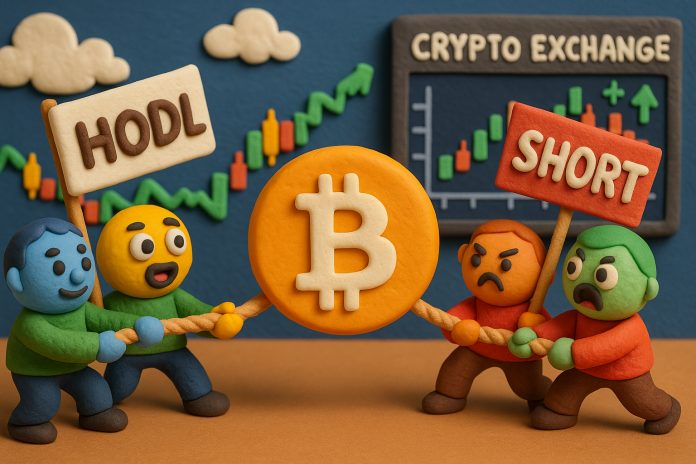
Short selling, a mainstream strategy in traditional finance, is now making its way into the crypto world. As Korea’s digital asset market continues to mature, the introduction of short selling marks a significant shift in how investors can interact with cryptocurrencies—offering new tools not only for speculation but also for managing downside risks.
Short selling involves selling an asset one does not own, with the intention of buying it back at a lower price to pocket the difference. In equity markets, the practice is commonly used by institutional investors to hedge against losses or bet on price declines. Until recently, however, the crypto market—especially in Korea—remained focused primarily on spot trading, lacking structured ways to bet against the market.
That’s now starting to change. Major Korean exchanges like GOPAX, Upbit, and Bithumb have begun exploring the introduction of short selling mechanisms or leveraged products that allow investors to profit from price drops. Until now, Korean traders seeking such tools were forced to turn to overseas platforms like Binance, despite regulatory uncertainties and currency conversion barriers.
In response, Korean regulators are moving to keep pace. The Financial Services Commission is working to implement the “Virtual Asset User Protection Act,” which aims to build a legal foundation for safe crypto trading, including clear guidelines on short selling and other derivatives. Concerns around illegal naked short selling and price manipulation are also pushing lawmakers to adopt stronger oversight frameworks, mirroring those recently strengthened in the stock market.
Still, the move brings potential risks. Critics warn that short selling could amplify price volatility in an already unstable crypto environment. If not properly regulated, it could lead to sudden market crashes and greater losses, especially for individual investors. Experts stress the importance of implementing safeguards such as margin requirements, real-time surveillance, transparency in order books, and strict risk controls before allowing short selling to be fully adopted.
Despite the concerns, many in the industry view this as a sign of growing market sophistication. A well-regulated short selling mechanism could increase liquidity, enable hedging strategies, and attract institutional capital—contributing to a more balanced and resilient crypto market.
With Korea’s digital asset sector at a turning point, how regulators, exchanges, and investors respond to this change will shape the next phase of crypto trading. The era of one-way speculation may be ending, ushering in a new chapter where betting on both rises and falls becomes the norm.






